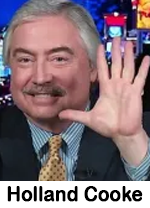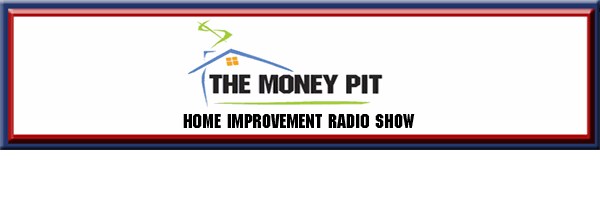Monday Memo: The Local Radio Advantage
By Holland Cooke
Consultant
 If you’re a news/talk station, don’t assume that you own “news radio” in your market. Imaging is important, but it merely talks-the-talk. You walk-the-walk with local news copy that delivers what solid commercial copy does: benefits. Just doing local news makes you special. But do listeners simply hear a station voice… reading something? Are you merely… accurate? Or do you deliver “take-home pay,” unwrapping the story to tell the listener something useful?
If you’re a news/talk station, don’t assume that you own “news radio” in your market. Imaging is important, but it merely talks-the-talk. You walk-the-walk with local news copy that delivers what solid commercial copy does: benefits. Just doing local news makes you special. But do listeners simply hear a station voice… reading something? Are you merely… accurate? Or do you deliver “take-home pay,” unwrapping the story to tell the listener something useful?
In many homes, there are now fewer radios than smart speakers. And nobody has ever said: “Alexa, please play six commercials.” But she can play millions of songs. So do streams and YouTube.
What can make a music station different from all those other audio choices is the way you help folks cope, how relevant and empathetic you are, how you sound like you have-their-back as day-to-day news has them wondering “What NEXT?”
And boosting tune-in exposes your advertisers better. So, Time Spent Listening is still the ballgame. Specifically, you need to add occasions of tune-in, and this week’s column begins a three-part series of news copy coaching tips that can help bring listeners back more often.
Simply rewriting source material can make a huge difference. Press releases torture the ear. They’re formal, and prone to jargon and spin (especially from politicians). When they’re from the police, they’re written in cop-speak. And most press releases are written inside-out, emphasizing a process, rather than the consequence to listeners.
Process example: “At Thursday’s work session of the Springfield City Council, a decision was made to move forward with Community Days this year. The annual Community Days celebration is scheduled for June 16 and 17th. Council members made sure the Community Days funds will be handled by an independent accountant. Councilwoman Sharon Grant said…”
Re-write to lead with consequence: “The annual Springfield Community Days celebration will be June 16th and 17th. After last year’s controversy, Council members made sure the Community Days funds will be handled by an independent accountant. At Thursday’s session, Councilwoman Sharon Grant said…”
That simple tweak is well-worth the minimal effort. Listeners are mentally busy. Remove “Styrofoam words.” Example: “State Police say they are investigating a possible case of child endangerment after a seven-month-old child was treated for severe injuries.”
Simply delete “say they.”
Next week: Ripped from the headlines…
Holland Cooke (HollandCooke.com) is a consultant working at the intersection of broadcasting and the Internet. He is the author of “The Local Radio Advantage: Your 4-Week Tune-In Tune-Up,” and “Close Like Crazy: Local Direct Leads, Pitches & Specs That Earned the Benjamins” and “Confidential: Negotiation Checklist for Weekend Talk Radio.” Follow HC on Twitter @HollandCooke and connect on LinkedIn




 Here’s actual news copy, from Joe Connolly’s business report one morning on WCBS, NY: “One third of all domestic flights are now late, by an average of one hour.”
Here’s actual news copy, from Joe Connolly’s business report one morning on WCBS, NY: “One third of all domestic flights are now late, by an average of one hour.”